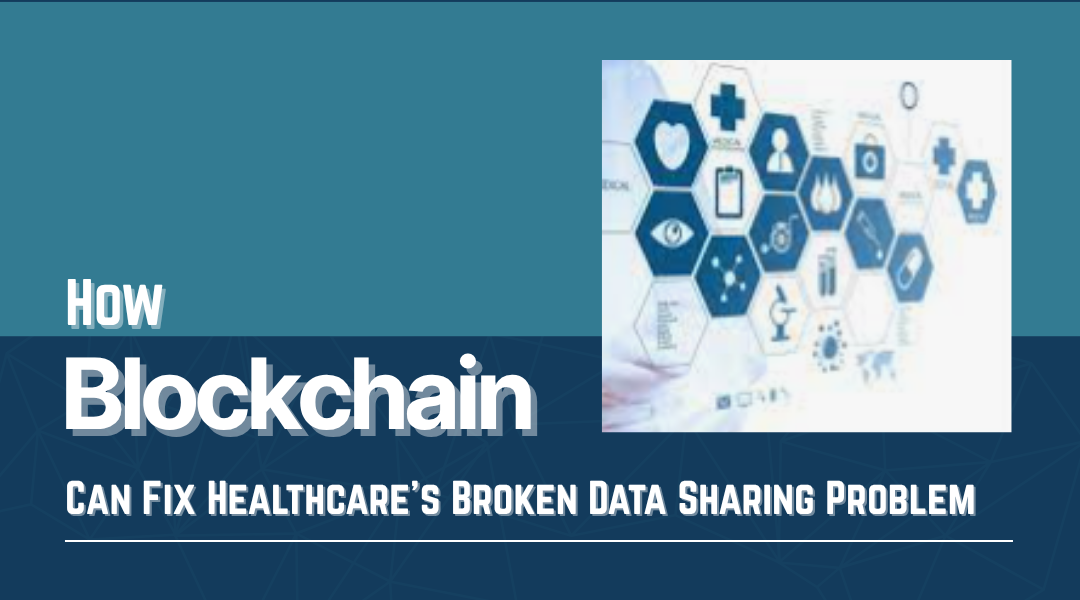The Mess We’re In: Why Healthcare Data Sharing Is Failing
Imagine this: You’re rushed to the ER after a car accident, unconscious. The doctors need your medical history—your blood type, allergies, current medications—but it’s locked away in your primary care provider’s system. Meanwhile, your specialist has different records, and the urgent care clinic you visited last month uses yet another incompatible database.
This isn’t just frustrating—it’s dangerous. Healthcare runs on information, yet the systems we rely on are fragmented, insecure, and painfully slow. Cybercriminals target medical records because they’re worth more than credit card data on the black market. Paperwork gets lost, faxes go unanswered, and critical details slip through the cracks.
But what if there was a way to share medical data instantly, securely, and without middlemen gumming up the works? That’s where blockchain comes in—not just for cryptocurrencies, but as a lifeline for healthcare’s broken data infrastructure.
Where Traditional Systems Fall Short
- Silos Everywhere
Hospitals, clinics, and pharmacies often use different systems that don’t communicate. A patient’s records might exist in five different places—none connected. - Hackers Love Healthcare
A single stolen medical record can sell for hundreds of dollars. In 2023 alone, over 40 million patient records were breached in the U.S. - Outdated Processes
Ever had to fill out the same forms at three different doctors’ offices? Fax machines and paper records aren’t just archaic—they’re a security risk.
How Blockchain Changes the Game
1. No More Middlemen
Blockchain cuts out unnecessary intermediaries. Instead of waiting for records to be manually transferred, doctors, insurers, and researchers can access verified data in real time—with patient consent.
2. Unhackable Records
- Tamper-proof logs: Once data is recorded, it can’t be altered without leaving a trace.
- Military-grade encryption: Only authorized users can decrypt sensitive information.
3. Patients in Control
Blockchain lets individuals decide who sees their data. Forgot to update your specialist? With smart contracts, you can grant temporary access with a tap on your phone.
4. Speaks the Same Language
By standardizing how data is formatted, blockchain ensures different systems—like a rural clinic and a major research hospital—can finally understand each other.
Real-World Uses That Matter
- Emergency Rooms: Instant access to a patient’s history could prevent deadly drug interactions.
- Clinical Trials: Researchers can securely pool anonymized data without compromising privacy.
- Insurance Claims: Automated verification slashes fraud and speeds up approvals.
Not Perfect (Yet)
Blockchain isn’t a magic fix. Storing massive files like MRI scans is still a challenge, and regulators are still figuring out how it fits with laws like GDPR. Some hospitals resist change, clinging to outdated systems.
But hybrid solutions—like storing data off-chain while using blockchain to track access—are already proving viable. And as more institutions see the benefits (fewer breaches, faster care, happier patients), adoption will grow.
The Bottom Line
Healthcare needs a data revolution. Blockchain offers a way to share information securely, efficiently, and transparently—without sacrificing patient privacy. It won’t happen overnight, but the pieces are falling into place. The question isn’t if this becomes the new standard, but how soon.
For patients, that means fewer paperwork headaches, safer records, and better care. And in a system where seconds can save lives, that’s not just an upgrade—it’s a necessity.
